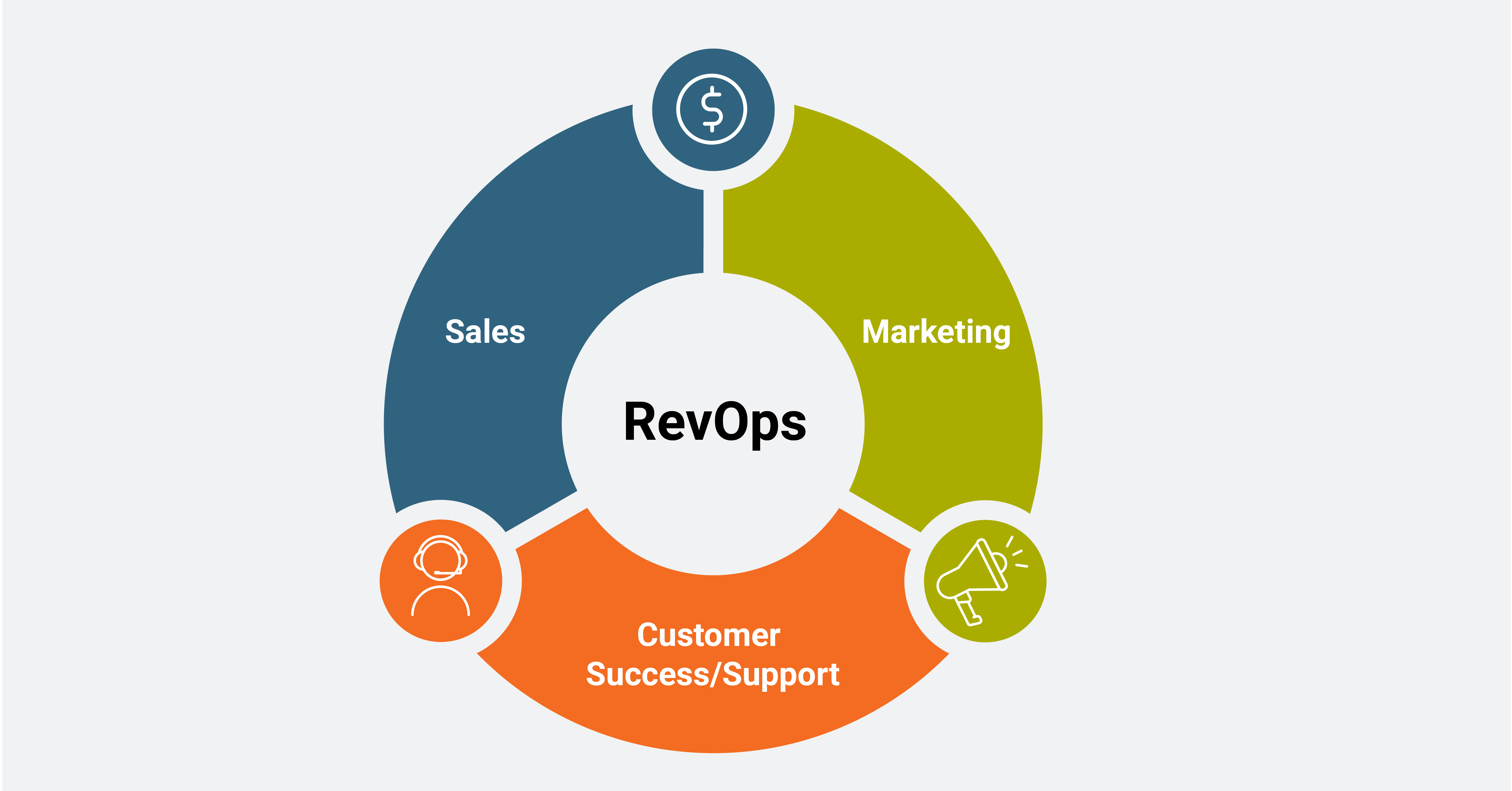Many systems already use Log4j, a Java library for logging error messages in applications. But a flaw, recently disclosed by Apache, could potentially allow hackers to have uncontrolled access to devices across the world.
In fact, cybercriminals are already attempting to exploit this vulnerability and all types of online applications, open-source software, cloud platforms, and email services might be at risk.
So what is Log4j? Where is it used? And are there ways you can protect yourself from the Log4j flaw?
What Is Log4j?
A reliable method for debugging software during its development lifecycle entails inserting log statements into code. Log4j is one such logging library for Java, which is both reliable and flexible.
Developed and maintained by the open-source Apache Software Foundation, Log4j can run across all major platforms including Windows, Linux, and Apple’s macOS.
How Is Log4j Used?
Logging is crucial in software development as it indicates the state of the system at runtime. Having system activity logs available at any point can be very helpful in keeping an eye out for problems.
Needless to say, developers use Log4j during different phases of development. It is also used in online games, enterprise software, and cloud data centers.
There are three basic components known as loggers, appenders, and layouts that make up Log4j; all work in conjunction to serve the purpose of logging in a systematic manner.
What Is the Log4j Vulnerability?
The Log4j vulnerability can leave the systems that incorporate Log4j open to outside intrusions, making it easy for threat actors to weave their way inside and get privileged access.
This vulnerability always existed and was overlooked when discovered back in 2020. However, Apache has now officially disclosed this vulnerability inside the Log4j library after a LunaSec researcher identified it in Microsoft’s Minecraft.
And since then, more attackers have naturally started to expolit it, turning this previously ignored (or so it seems) vulnerability into something more serious in a short amount of time.
Which Systems and Devices Are at Risk?
All major Java-based enterprise software and server uses the Log4j library. Due to its widespread use across software applications and online services, many services are vulnerable to this exploit.
It can pose risks to any device running Apache Log4j versions 2.0 to 2.14.1 and accessing the internet. In fact, a huge number of services use Log4j, such as Apple’s iCloud, Microsoft’s Minecraft, Twitter, Steam, Tencent, Google, Amazon, CloudFare, NetEase, Webex, and LinkedIn.
Being classified as a zero-day vulnerability, Log4j comes with many repercussions. If left unpatched, it can open a big can of worms—attackers can possibly break into systems, steal passwords and logins, and infect networks with malicious software—as this vulnerability does not need a whole lot of expertise to exploit.
How to Protect Yourself From the Log4j Vulnerability
Here are some tips that can help you mitigate the Log4j vulnerability.
Patching and Updates
Your organization should be quick to identify internet-facing devices running Log4j and upgrade them to version 2.15.0.
You should also install all updates and security patches issued by manufacturers and vendors as they become available. For example, Minecraft has already advised users to update the game to avoid problems. Other open-source projects like Paper are similarly issuing patches to fix the problem.
Set Rules Against Log4j in Web Application Firewall
The best form of defense against Log4j at the moment is to install a Web Application Firewall (WAF). If your organization is already using a WAF, it’s best to install rules that focus on Log4j.
By recognizing and blocking the dangerous character strings on upstream devices such as a WAF, you can shield your applications from becoming affected by Log4j.
Threat Hunting and Alerts
The National Cybersecurity Centre (NCSC) recommends setting up alerts for probes or attacks on devices running Log4j.
Ask your organization’s security operations to keep doing regular threat hunting for anomalies, and take action for every alert that gets generated with Log4j.
Log4j Is Here to Stay
Log4j has taken the world by storm and seems to be here for the long haul. Since there is no one-size-fits-all solution for a vulnerability of this magnitude, Log4j will keep the IT world busy for months to come.
As it stands, security researchers, defense teams, and white hat hackers are all scrambling to find out how omnipresent this vulnerability is, and its long-lasting effects.
While the situation looks bleak at the moment, end-users should still make it a priority to mitigate this vulnerability by following the aforementioned tips and the guidelines provided by cybersecurity experts.
Read Next
About The Author





